Samsung Galaxy S7 Lens Cover Review
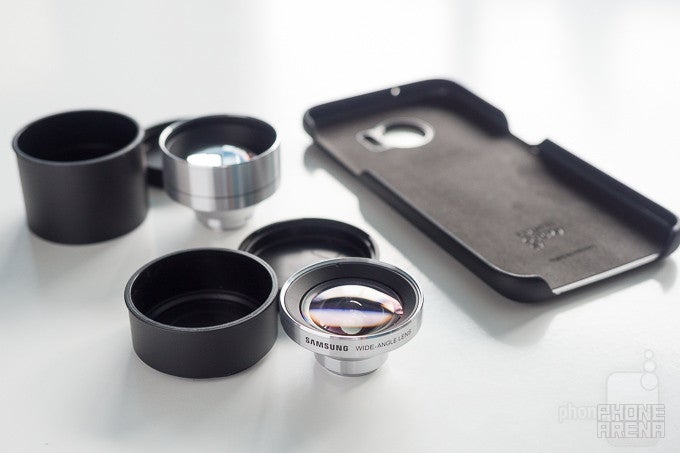
Introduction
If you’re serious about taking pictures on your phone, chances are that there are two things that are holding you back: a great flash and lenses.
Having a powerful and tiltable flash that you can fire off the ceiling is key to getting great low light pictures of people in a places like a club, and having lenses is key to getting the right mood, angles and shape for that particular picture.
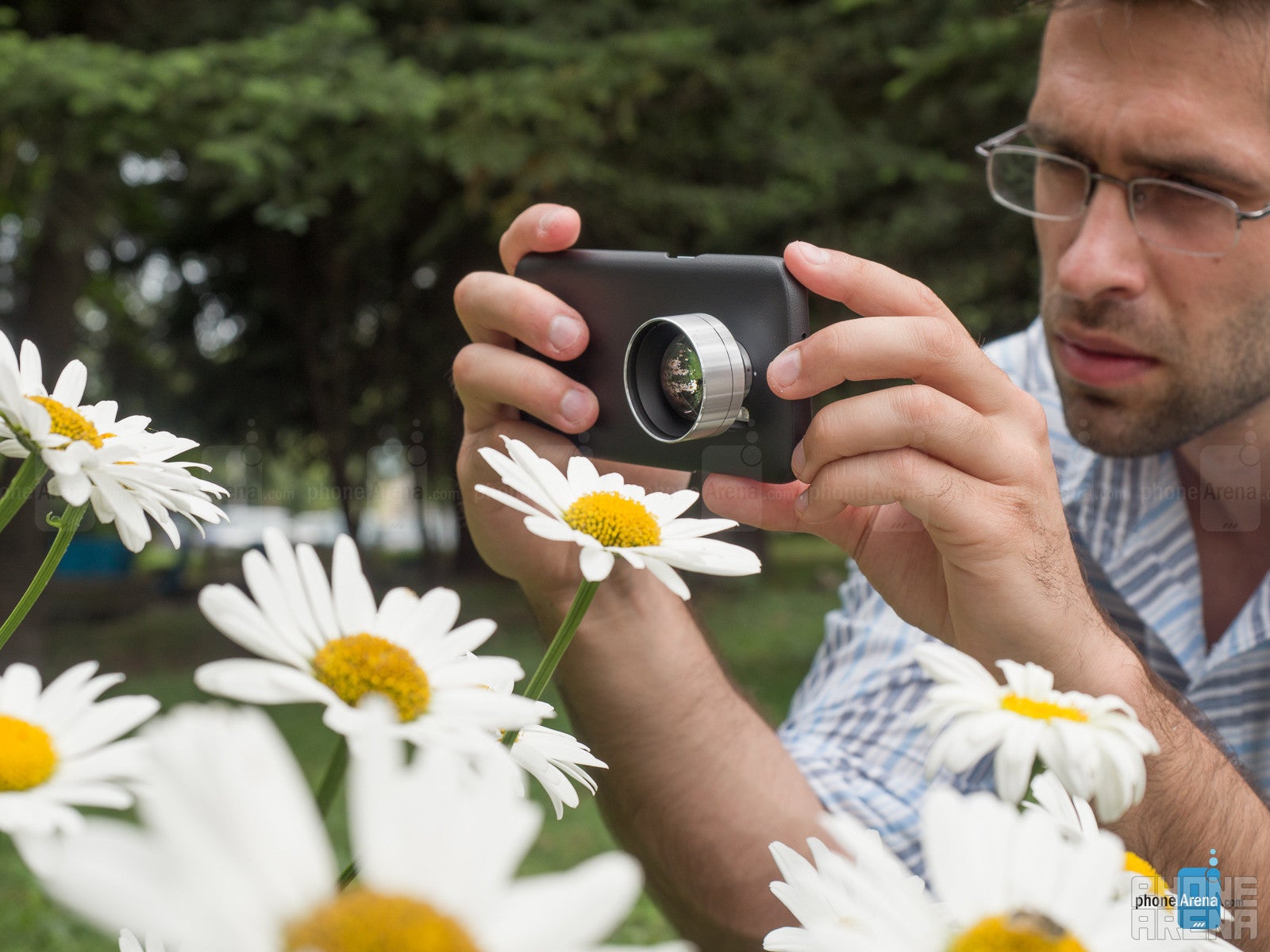
Luckily, rather than waiting on a third-party company, Samsung took matters in its own hands with the Galaxy S7 lens cover: a collection of a stylish case, a telephoto lens with 2x the magnification and a wide-angle lens. All of this photographic luxury comes at a bit of a steep price: $150. It should be noted that the purpose of these lenses isn't necessarily to improve the quality of your pictures, but rather to grant you with a higher level of creative freedom and versatility.
How do they perform? And do you really need the Lens Cover? We try to answer these questions right below.
How to attach the lenses, containers and ease of use
So how do you attach the Galaxy S7 Lens Cover? Simple: you have a custom case with a slot where you screw in the lenses. The case itself is well-made and just a bit thicker than most slim-fit cases. It has a nice texture to it, while on the inside it features a velvety material that ensures your phone won’t get scratched. The case is not a rugged one, so don’t expect full protection in extreme cases, but it will keep your device clean off any scratches or other markings.
The lenses themselves are made out of aluminum and feel very well-constructed, high-end.
They are packaged in two plastic containers that in turn can be attached together. This seems to be the most inconvenient way to carry lenses around: taking off those container caps is an exercise in frustration every time, and you have to be extra careful not to drop the lens on the ground accidentally (quite possible!). A simple pouch would do a much better job.
Then there is the way you attach the lenses: you screw them in, but there is no ‘lock’ mechanism that would click to alert you that the lens is firmly and securely in place. A disappointment!
Image quality and when to use the lenses
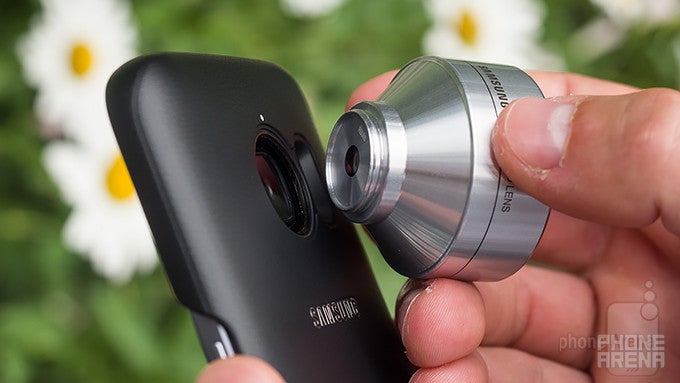
What about image quality?
It’s good, but not without issues. The main benefit of the lenses is the versatility they offer and the possibility to shoot from more convenient physical distance from the object. However, in purely technical image quality terms, they come with some compromises: there are artifacts noticeable on images and softer detail towards the edges.
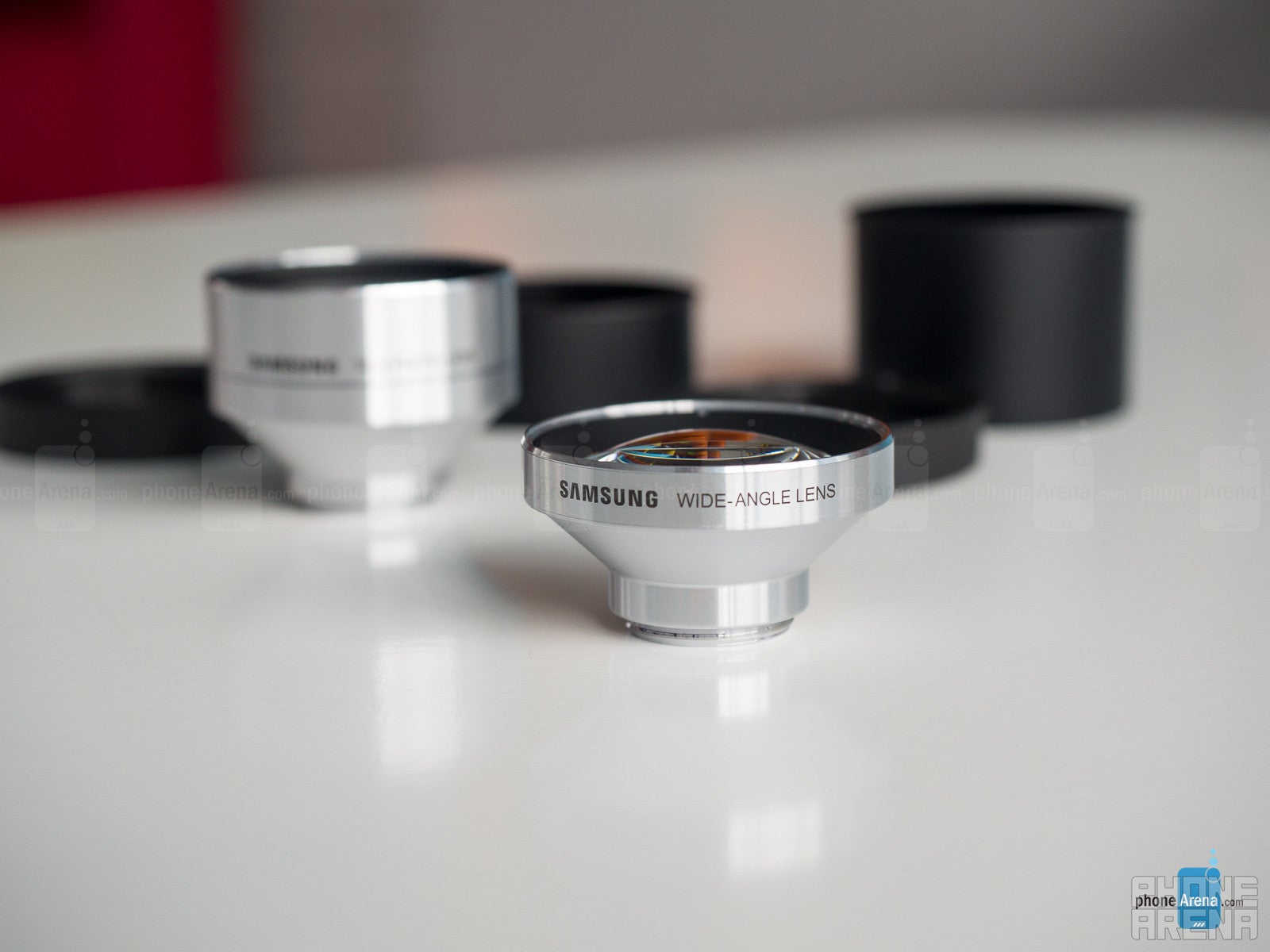
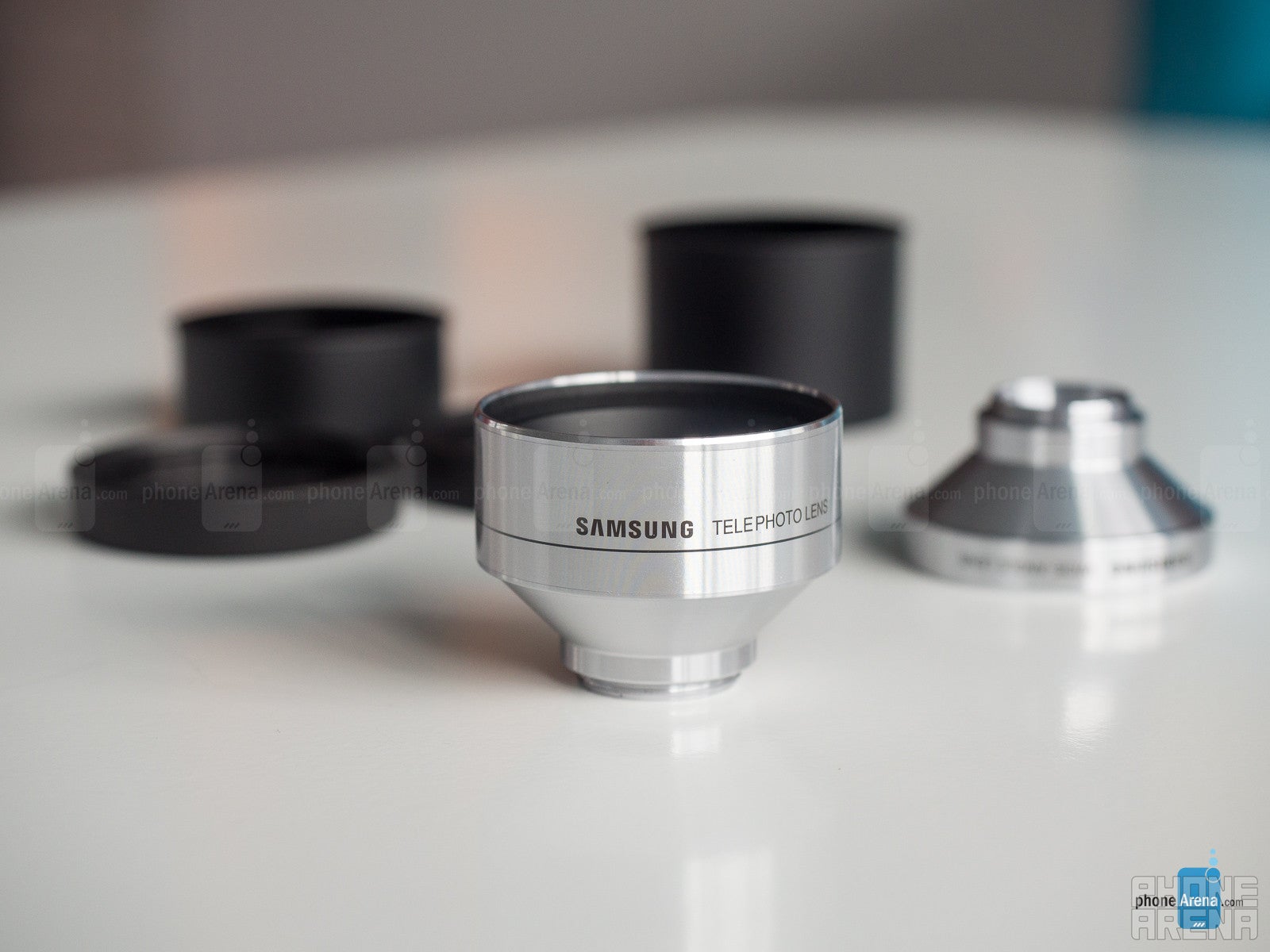
Conclusion
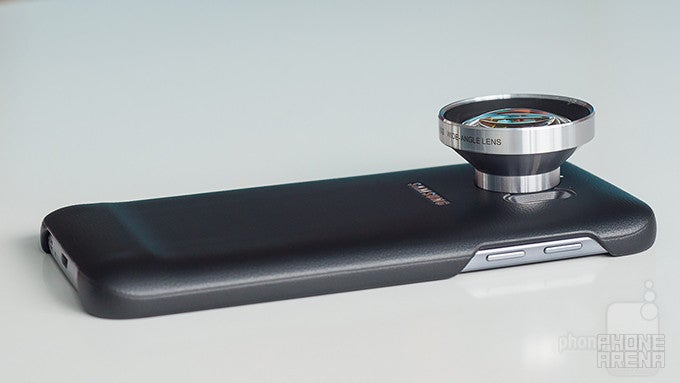
At a price of $150, we feel that this set is a bit on the pricey side for most users, though there aren't really that many alternatives if you're looking to augment your smartphone photography experience.
The big question is whether these lenses allow you to capture better pictures with your phone? The simple answer is 'yes, definitely, if you know how to use them properly'.
The lenses perform mostly well: technically, image quality comes out a bit softer and with less detail than with the built-in camera lens alone, but for non-perfectionists, the versatility offered by these lenses makes up for those issues.
We are not happy with the containers in the lens - just get a small pouch to carry them, and we wish they had a snap mechanism for an easier and more reassuring mounting. Still, for smartphone photo enthusiasts, the Galaxy S7 Lens Cover is a fun product that unlocks the doors to more creative and ambitious photography.
Follow us on Google News











Things that are NOT allowed:
To help keep our community safe and free from spam, we apply temporary limits to newly created accounts: